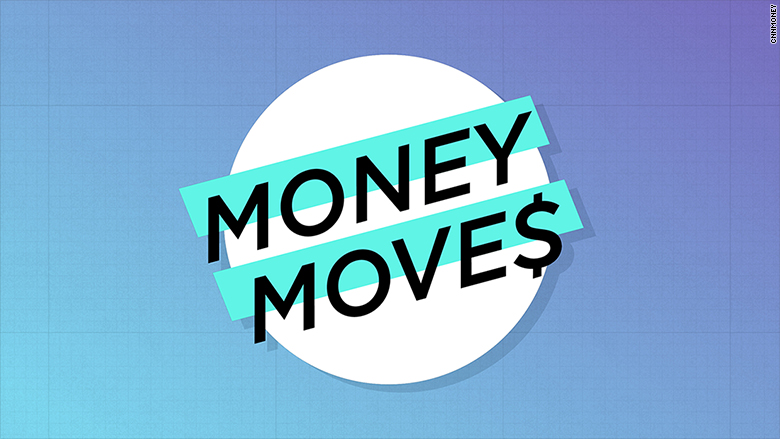
My daughter received a scholarship, but we still owe the college $15,000 this year. That's more than we can afford to pay. Where do we go for a student loan?—Anonymous
Sometimes, taking out a student loan is unavoidable.
About 30% of undergrads took out a federal loan during the 2016-17 school year, according to The College Board.
More will likely have to borrow money by the time they finish. Among those who finished a bachelor's degree in 2016 with loans, the average debt amount was $28,400. Those stats don't include additional loans borrowed in a parent's name.
But borrowing money for a college education should be your last resort.
First, explore your options to make sure the college you selected is the most affordable, worthwhile option. Then try negotiating with the college to see if they'll increase your financial aid, said NextGenVest CEO Kelly Peeler, a company that helps students navigate financial aid and student loan decisions.
If you do decide to borrow money, it's best to explore your loan options as soon as possible. The process of securing a private loan could take anywhere between one week to two months, Peeler said.
But you might not need to go to a private lender. Generally, there are three borrowing options.
1. Federal student loans
If you need less than $6,000 to cover the remainder of this year's bill, you may not need to look for a private loan.
Every student who enrolls at least part time at a qualifying college and submits the Free Application for Federal Student Aid (FAFSA) form can borrow money from the federal Direct Loan program.
These loans come with a fixed interest rate. For the upcoming school year, it's 5.05%. There is also a one-time loan fee of about 1% deducted from the amount of money you'll receive.
But the amount you can borrow is capped, based on how many years you've been in college and whether you're an independent or dependent student. A dependent student, for example, can borrow up to $5,500 during their first year at college. The amount goes up to $6,500 during their second year and then rises to $7,500 for the remaining years.
Related: 36% of colleges are hiding the cost to students
The amount you can borrow from the Direct program is usually provided on the financial aid award letter you received from the school.
Be aware that some schools will automatically deduct the loan amount from the total cost. But that does not mean you need to borrow the full amount.

2. Federal Parent PLUS loans
Parents can borrow money from the federal government, too, through a program called PLUS loans. While they may be included in your financial aid package, a parent must still apply and could be denied if they have an adverse credit history.
The PLUS loans also have fixed interest rates, but the rate will be higher than what's offered to students. The interest rate is 6.6% for the upcoming school year and the loan fee is about 4%.
If approved, you can borrow up to the amount of the full cost of attendance from the PLUS loan program. While this would effectively cover the remaining cost, some families may want to decline the PLUS loan if they can find a lower interest rate from a private lender.
Related: Student loan debt just hit $1.5 trillion
3. Private loans
Students and parents can apply for a loan from a private bank, credit union, or an online lender.
The loan offer will depend on your credit history. So, it's unlikely a bank will lend directly to a student without a cosigner who will be equally responsible for repaying the loan. Some lenders may offer a cosigner release, allowing the parent to be taken off a loan after a student has shown they can make consistent payments, Peeler said.
Related: Does saving for college mean you'll get less financial aid?
She recommends shopping around for not only the lowest interest rate, but also the best repayment options.
Find out if there is a loan fee, when you have to start repaying the loan, and if the lender offers flexible repayment options. Understand how much you're monthly payments will be and research how users have rated the customer service.
Some lenders will allow a borrower to defer payments if they experience financial hardship, but others do not. Generally, private loans offer less flexibility than federal loans.
"Knowing your options is critical when taking out a loan that will likely be with you for 10 [or more] years," Peeler said.
